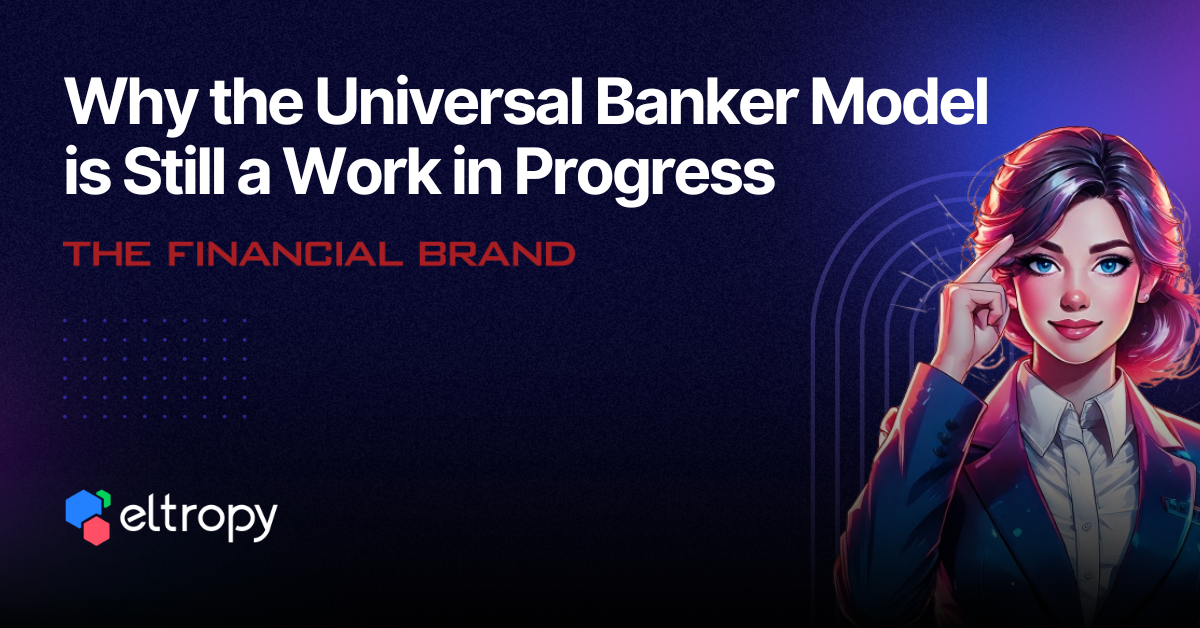My goal in this series of posts is to give you some strategies for thinking about how to make data-driven decisions to improve the member experience. In addition, to explain what key elements you’ll need to get clear visibility and insights into member interactions that you can act on.
When we’re talking about technology trends, one of the most commonly overlooked parts of the post-pandemic era is the user migration to digital channels.
Digital interactions are so much simpler, convenient, and more efficient for getting things done than the ways we were used to. Each credit union is at a different stage in its digital transformation journey and varies by demography and the needs of its members. Some credit unions are only looking at automating the voice channel alone — to reduce call waiting times without adding additional workforce. Others are looking at the member experience holistically — refreshing the entire communication stack by upgrading the phone system, or adding newer channels such as text, chat, voice and video, and deploying AI automation over these channels for efficiency.
Available digitally, at your fingertips, is nothing short a goldmine of intelligence, through your member interactions. This includes undiscovered service improvement opportunities, compliance risk, performance improvements, and sales opportunities.
What is Conversation Intelligence for a Credit Union?
Conversation intelligence — for a credit union — is the process of analyzing member interactions with credit union staff or virtual agents to improve member experience and agent performance. Conversation intelligence can also provide agents with real-time guidance and support during interactions. This is achieved through the use of advanced AI, natural language processing (NLP), machine learning algorithms, and other technologies to integrate with phone systems, if required.
For example, when a member interacts with a virtual agent (bot) or a live agent, there’s a lot of data that can be gathered. Let’s analyze this interaction.
Virtual Agent: “Good morning, I’m Elpy. Welcome to My Credit Union. I’m your digital assistant. How can I help you today?”
Member: “Hi, I’m looking for a home loan.”
Virtual Agent: “Congratulations on your new home! Can I send you a link to the loan application?”
Member: “Sure, but before that, I’d like to know what type of loans and rates are available. I called First Federal Credit Union and they say their rates are 4.5% APR for a 30-year fixed.”
Virtual Agent: “Can I connect you to a loan officer who can explain the loan options?”
Member: “I don’t have time to speak to a loan officer. I just needed quick information on the loan rates. I’ll call back later.”
Member: <hangs up the call>
In this example, there are spoken and unspoken signals that can be extracted. Clearly, the member showed an intent to buy a home loan. The topic of the interaction was about a home loan. Her conversation was more of a question and inquiry. She mentioned a competitor’s name, First Federal Credit Union, which implies her urgency. She shows a negative sentiment when she can’t get a direct answer to her question on the type of loan and the rates instantly on her request.
Imagine the range of decisions one can make with the intent, topic, sentiment, timeline and competitive data just by listening to 100% of member interactions. If you trend this data over time and observe member behavior over time, you can get actionable insights. The icing on the cake is the word-by-word transcription of the call that helps deep dive into the insight and the exact point in question within the conversation.
If you’re a contact center leader or an executive responsible for member experience, you depend on these insights on a daily, weekly or monthly basis to run operations. Or at least you should. Questions you should be asking include:
- What are our members saying?
- What channels do our members respond to well for collection calls?
- Has our member sentiment improved or worsened in the last 3 months?
- How have our agents been trained to handle delinquencies?
- What topics are causing the average response time to be so high?
- What are the reasons behind our CSAT scores?
Generative AI
Since AI is listening to 100% of your calls, looking for member needs, changes in member sentiments, closure rates, member behavior, intents, topics, etc. are all within your grasp. AI can be trained to generate insights as key summaries or narratives. Generative AI, in particular, has received a lot of attention with the 2022 release of ChatGPT.
For example, AI can generate a quantitative summary of daily collections activity as shown here or a narrative that is a more qualitative summary.
- Out of 327 members who were contacted by the agents
- 164 members were able to pay (50%)
- 98 members (30%) paid using the autopay service
- 33 members (10%) paid online
- 16 members (5%) paid through check deposits
- 8 members (2.5%) paid through cash
- 8 members paid (2.5%) through other modes of payment
- 131 members were unable able to pay (40%)
- 65 members (20%) were unable to pay (needs attention)
- 26 members (8%) deferred payments
- 39 members (12%) missed payments
- 32 members were sent a payment due reminder (10%)
- Your Payment Risk Score is 40/100
How to Get Started with Conversation Intelligence?
As I stated earlier, my goal here was to share ideas on how to improve the member experience in running a data-driven contact center. In the end, I encourage you to make this process your own, and make it unique to your organization.
I’ll leave you with the following structure to consider in your strategy:
| Organize (AI-generated) conversation data by topics, intent, sentiment, agent, department and members. Identify behaviors and attributes that drive member experience. | |
| Visualize AI metadata and aggregates as KPIs, reports, metrics and dashboards. | |
| Analyze what members are saying / feeling about your services and staff by department, agent and topics. | |
| Act on the insights to improve the member experience and agent performance. |
Read the next post in this series here: Breaking down channel silos: Creating a cohesive omnichannel experience









